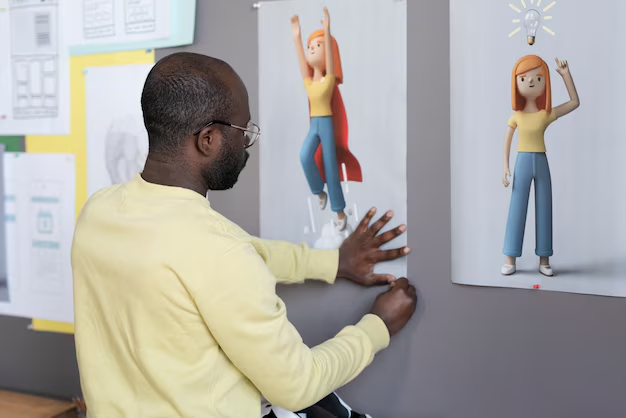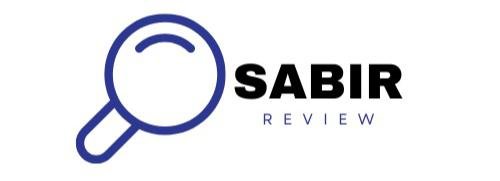
1. Active Learning
Active learning shifts the focus from teacher-centered instruction to student participation. Techniques such as group discussions, hands-on activities, and peer teaching encourage students to engage with the material actively, improving comprehension and retention.
Keywords: active learning, student participation, engagement techniques
2. Formative Assessment
Incorporating regular formative assessments helps educators monitor student progress and adjust instruction as needed. Methods like quizzes, polls, and reflective journals provide valuable feedback that can guide teaching and enhance learning.
Keywords: formative assessment, ongoing feedback, instructional adjustments
3. Collaborative Learning
Collaborative learning promotes teamwork and social interaction among students. Group projects and cooperative tasks encourage students to learn from one another, fostering a sense of community and enhancing communication skills.
Keywords: collaborative learning, teamwork, peer interaction
4. Differentiated Instruction
Differentiated instruction tailors teaching methods and materials to meet the diverse needs of learners. By recognizing individual learning styles and preferences, educators can create a more inclusive classroom environment that maximizes student engagement.
Keywords: differentiated instruction, personalized learning, inclusive teaching
5. Technology Integration
Utilizing technology in the classroom can enhance learning experiences. Tools like interactive whiteboards, educational apps, and online resources make lessons more engaging and accessible, preparing students for a digital world.
Keywords: technology integration, digital learning, educational tools
6. Growth Mindset
Encouraging a growth mindset in students helps them embrace challenges and view failures as opportunities for growth. By fostering resilience and a love for learning, educators can motivate students to persist in the face of difficulties.
Keywords: growth mindset, resilience, motivation
7. Inquiry-Based Learning
Inquiry-based learning emphasizes student curiosity and exploration. By allowing students to ask questions and conduct research, educators can promote critical thinking and foster a deeper understanding of concepts.
Keywords: inquiry-based learning, critical thinking, student exploration
8. Socratic Questioning
The Socratic method involves posing thought-provoking questions that stimulate discussion and critical thinking. This approach encourages students to articulate their thoughts and engage in meaningful dialogue, enhancing their understanding of the material.
Keywords: Socratic questioning, critical dialogue, deep understanding
9. Gamification
Incorporating game-like elements into lessons can significantly increase student motivation and engagement. Gamification strategies such as points, badges, and challenges make learning fun and competitive, encouraging participation.
Keywords: gamification, student motivation, interactive learning
10. Service Learning
Service learning connects academic curriculum with community service, allowing students to apply their knowledge in real-world contexts. This strategy not only enhances learning but also fosters civic responsibility and empathy.
Keywords: service learning, community engagement, real-world application
11. Mindfulness Practices
Incorporating mindfulness techniques, such as meditation and breathing exercises, can help students manage stress and improve focus. Creating a mindful classroom environment contributes to overall well-being and enhances learning.
Keywords: mindfulness, emotional regulation, focus enhancement
12. Visual Learning Strategies
Using visual aids, such as charts, diagrams, and videos, caters to visual learners and enhances understanding. By presenting information in various formats, educators can accommodate different learning styles and improve retention.
Keywords: visual learning, multimedia resources, information retention
13. Authentic Assessment
Authentic assessments require students to demonstrate their knowledge and skills through real-world tasks, such as projects or presentations. This approach emphasizes practical application and helps students connect classroom learning to everyday life.
Keywords: authentic assessment, real-world tasks, practical application
14. Reflective Practices
Encouraging students to engage in reflective practices helps them develop self-awareness and critical thinking skills. Journals, peer feedback, and self-assessments allow learners to evaluate their progress and set goals for improvement.
Keywords: reflective practices, self-assessment, continuous improvement
15. Building Strong Relationships
Establishing strong, supportive relationships with students is key to fostering a positive learning environment. Taking the time to understand individual interests and challenges helps build trust and encourages open communication.
Keywords: student relationships, supportive environment, trust-building
Conclusion
In a rapidly changing educational landscape, the importance of engaging students and fostering academic success cannot be overstated. The 15 transformative teaching strategies outlined in this guide provide educators with practical tools to create a more dynamic and inclusive classroom environment. By actively involving students in their learning processes, differentiating instruction, and integrating technology, we can enhance engagement and cater to diverse learning needs.
Moreover, fostering a growth mindset and encouraging inquiry not only empowers students to take ownership of their education but also instills resilience and critical thinking skills. Incorporating gamification, service learning, and mindfulness practices further enriches the educational experience, making learning not just effective but enjoyable.
As educators, we have the unique opportunity to shape the future by inspiring our students to become lifelong learners. By implementing these evidence-based strategies, we can cultivate a classroom atmosphere that nurtures curiosity, creativity, and collaboration. Ultimately, our goal is to equip students with the skills they need to thrive both academically and personally in an ever-evolving world.
Let’s commit to mastering these strategies, continuously reflecting on our practices, and adapting to the needs of our students. Together, we can transform education and unlock the full potential of every learner.
